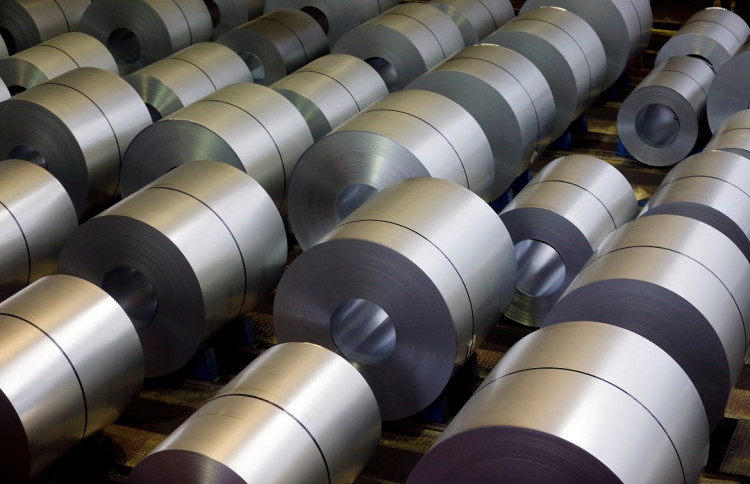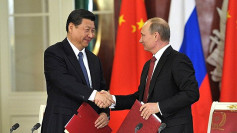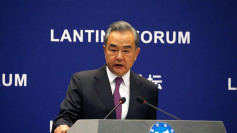Manufacturing activity throughout China is expected to show a slight dip in December compared to November but will, nevertheless, mark the second straight month of production expansion.
A median forecast from 27 economists estimates the official Purchasing Managers' Index (PMI) for December will fall to 50.1 from November's 50.2. The forecast December figure is a scant one-tenth of a percent above the 50-point mark separating manufacturing expansion from contraction on a monthly basis. November's improvement to 50.2 unexpectedly ended six straight months of manufacturing contraction due to China's accelerated stimulus measures boosting domestic demand.
Another key manufacturing index, the Caixin/Markit Manufacturing Purchasing Managers' Index (PMI), is also projected to show higher factory activity in December. The estimated index of 51.7, however, is lower than November's from 51.8. Caixin/Markit focuses more on small- and medium-sized, export-driven Chinese firms.
The manufacturing recovery is being driven by a rebound in foreign demand, an increase in infrastructure investment and a property market that remains strong, according to China International Capital Corporation (CIIC). This firm is one of China's leading investment banking firms and is engaged in investment banking, securities, investment management and other financial services.
A key indicator of the manufacturing recovery is the China Containerized Freight Index, a weekly export container-shipping index tracked by the Shanghai Shipping Exchange. This index showed a marked improvement in December, which is an indication of improved export demand having something to do with a de-escalation of trade tensions with the United States.
Since the start of December, the Trump administration has eased-up on the imposition of new tariffs as part of an interim phase one deal. Both Beijing and Washington, however, have not revealed when and where the formal signing of phase one will take place. President Donald Trump earlier boasted it would take place before the New Year but this is not impossible.
Phase one, however, does nothing to solve the major Trump demands such as protection of intellectual property rights and the end of Beijing's support for state-owned enterprises. Treasury secretary Steve Mnuchin said the major Trump demands would be tackled in faze two, phase three and phase four, but again nothing definitive in this regard has been released by the Trump administration.
Manufacturing activity in China is, however, expected to weaken in 2020. Prime minister Li Keqiang admitted, as much saying the economy will face bigger downward pressure next year. His pronouncement underlines the huge challenge China faces to stabilize growth and boost employment. A poll of economists by Reuters estimates China's GDP growth at 6.2% in 2019 and a much slower 5.9% in 2020.
Analysts expect Beijing to set a lower official economic growth target of around 6% in 2020 from this year's 6% to 6.5%. They said there would be heavy reliance on increased state infrastructure spending to prevent a sharper economic slowdown in 2020.
Li also emphasized he need to lower funding costs for smaller firms through stimulus measures. Among these measures is implementing more broad-based and targeted cuts in the amount of cash banks must deposit as reserves.






